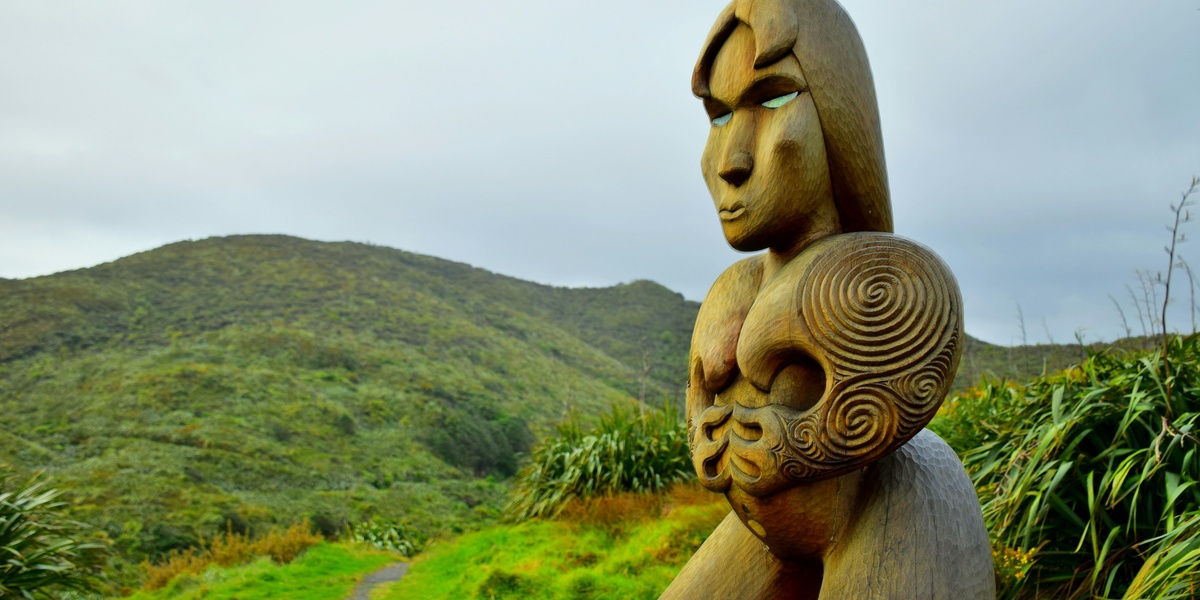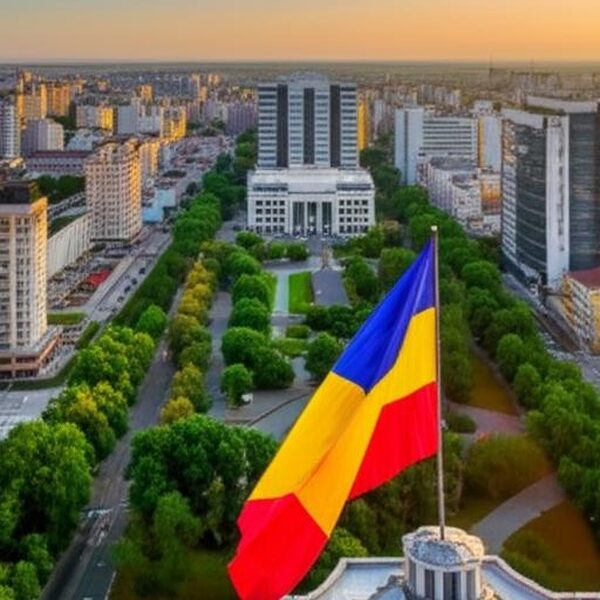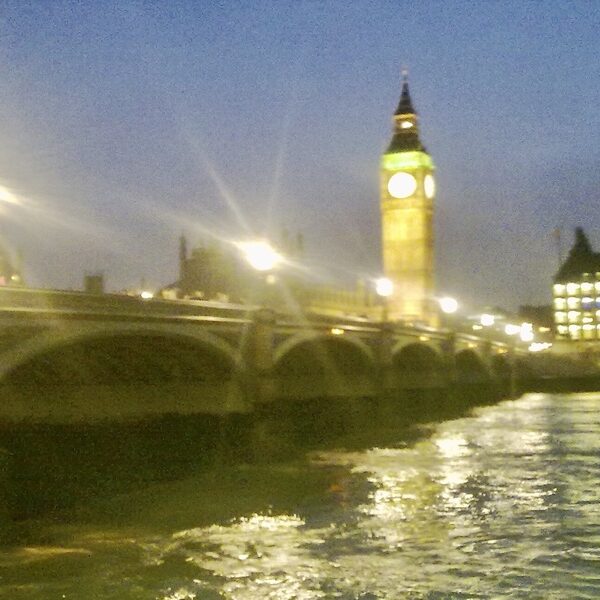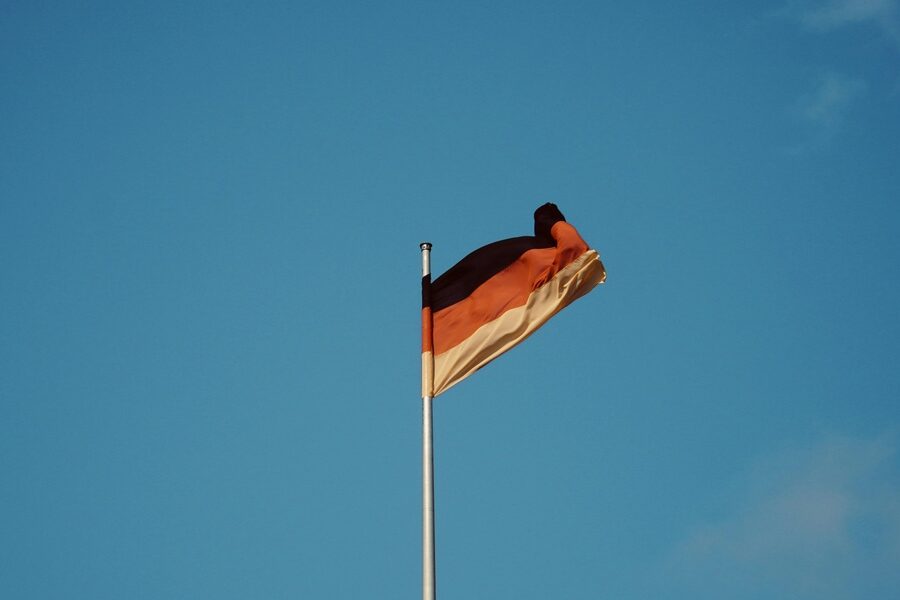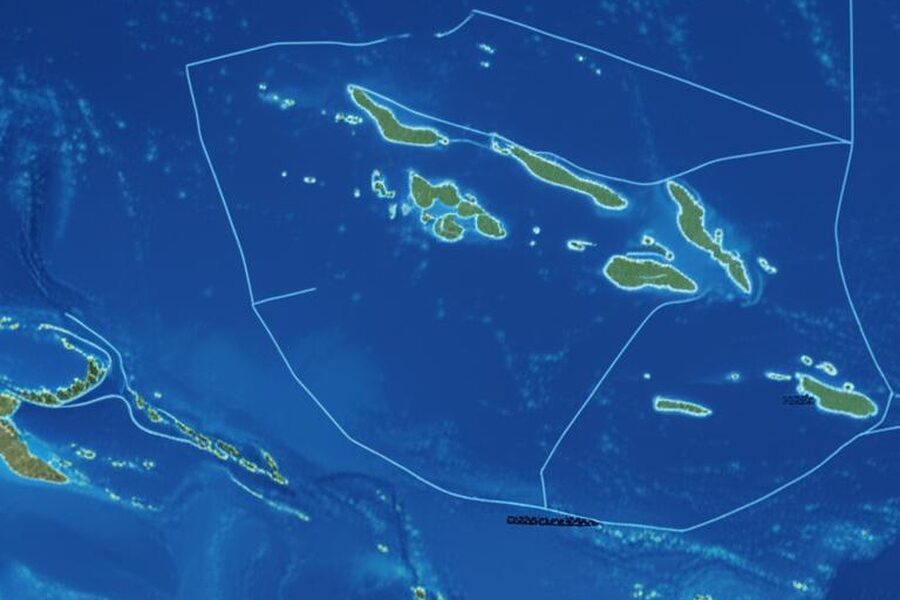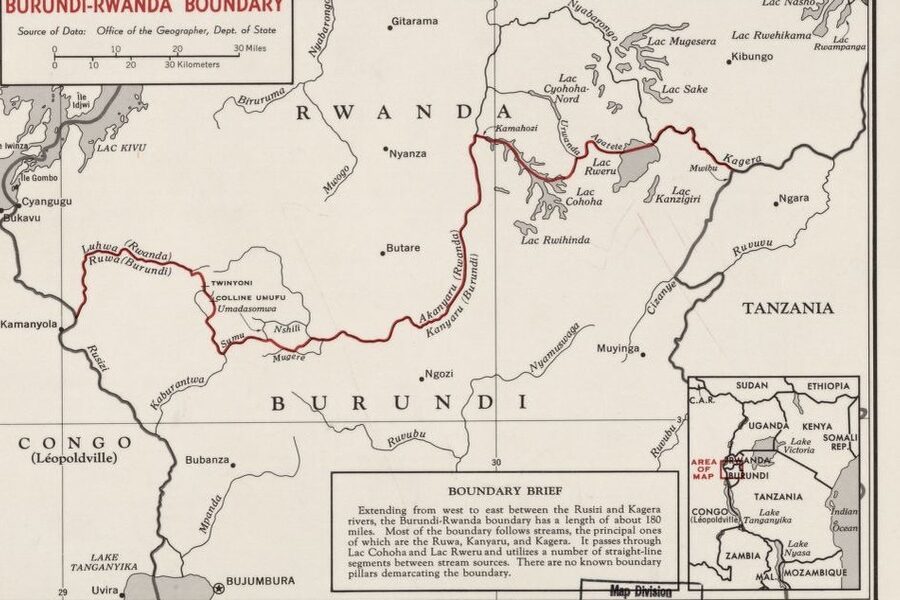Polynesia covers a vast triangle of the central and southern Pacific where islands are linked by shared languages, navigation traditions, and cultural ties; landscapes range from low coral atolls to high volcanic islands with very different sizes and populations. That variety means political status, capitals and local names can look quite different from one place to the next.
There are 13 Countries in Polynesia, ranging from American Samoa to Wallis and Futuna. For each entry you’ll find below Flag (emoji),Status,Capital / main island so you can quickly compare governance and main population centers at a glance.
Which places are considered part of Polynesia and how is that decided?
Polynesia is defined culturally and geographically—most maps use the Polynesian Triangle (Hawaii, New Zealand, Easter Island) as a guide—but lists focus on islands with Polynesian languages and heritage; the table below gives the commonly accepted members and clarifies their political status.
Are all entries independent countries or are some territories?
Not all are sovereign states: the region includes independent nations as well as territories and collectivities (for example, American Samoa is a U.S. territory and Wallis and Futuna is a French collectivity); check the Status column below for each entry.
Countries in Polynesia
| Name | Flag (emoji) | Status | Capital / main island |
|---|---|---|---|
| American Samoa | 🇦🇸 | Unincorporated U.S. territory | Pago Pago |
| Cook Islands | 🇨🇰 | Self-governing state in free association with New Zealand | Avarua |
| Easter Island | 🇨🇱 | Special territory of Chile | Hanga Roa |
| French Polynesia | 🇵🇫 | Overseas collectivity of France | Papeete |
| Hawaii | 🇺🇸 | U.S. State | Honolulu |
| New Zealand | 🇳🇿 | Sovereign state | Wellington |
| Niue | 🇳🇺 | Self-governing state in free association with New Zealand | Alofi |
| Pitcairn Islands | 🇵🇳 | British Overseas Territory | Adamstown |
| Samoa | 🇼🇸 | Sovereign state | Apia |
| Tokelau | 🇹🇰 | Dependent territory of New Zealand | Nukunonu |
| Tonga | 🇹🇴 | Sovereign state | Nukuʻalofa |
| Tuvalu | 🇹🇻 | Sovereign state | Funafuti |
| Wallis and Futuna | 🇼🇫 | Overseas collectivity of France | Mata Utu |
Images and Descriptions
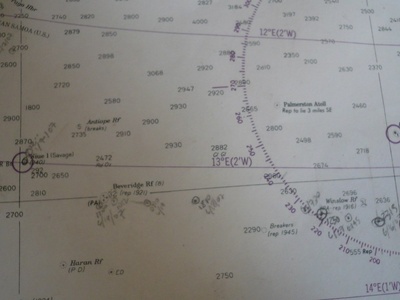
American Samoa
Located east of Samoa, this U.S. territory is culturally Polynesian, sharing language and traditions with its independent neighbor. It is known for its stunning National Park of American Samoa and deep, sheltered harbor.
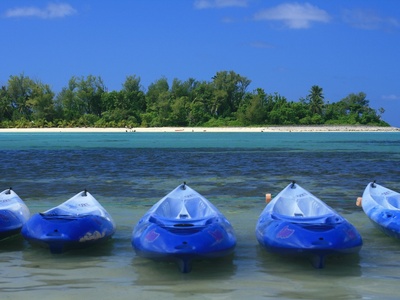
Cook Islands
A nation of 15 islands in the South Pacific, its people are Polynesian with strong cultural links to Tahiti and New Zealand’s Māori. The Cook Islands are renowned for their vibrant dance festivals and black pearl farming.
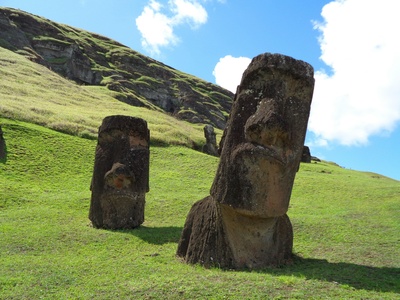
Easter Island
Marking the southeastern corner of the Polynesian Triangle, this remote Chilean island is famous for its monumental statues called moai. Its indigenous Rapa Nui people represent a unique branch of Polynesian culture and history.
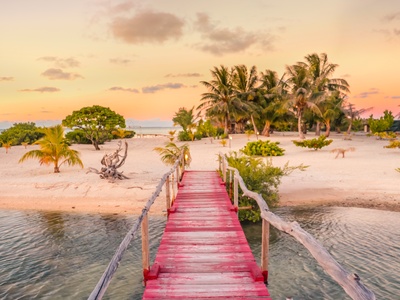
French Polynesia
A vast French territory of over 100 islands, including Tahiti and Bora Bora. It is a heartland of Polynesian culture, known for giving the world overwater bungalows, traditional tattooing (tātau), and the word ‘taboo’.
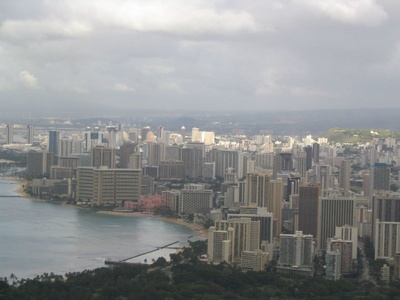
Hawaii
Forming the northern apex of the Polynesian Triangle, this U.S. state has a rich indigenous culture. Native Hawaiians are descendants of master navigators, and their traditions, like hula and surfing, are globally recognized.
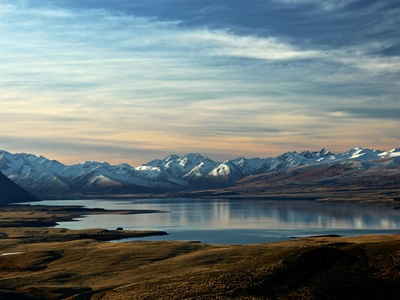
New Zealand
This nation marks the southwestern corner of the Polynesian Triangle. Its indigenous Māori people are Polynesian, and their vibrant culture, language (te reo Māori), and traditions like the haka are integral to the country’s identity.
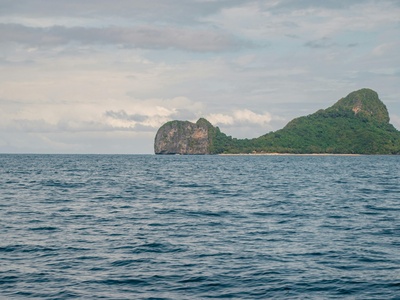
Niue
Known as the “Rock of Polynesia,” this single, large uplifted coral atoll is a self-governing nation. Niueans are Polynesian, and their country is one of the world’s largest coral islands and a designated Dark Sky Place.
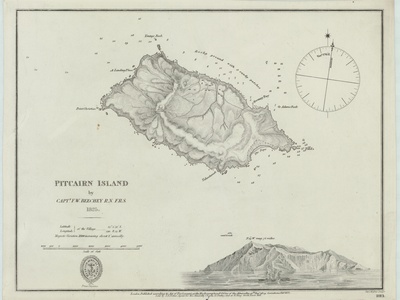
Pitcairn Islands
This British territory is one of the most remote inhabited places on Earth, populated by descendants of the HMS Bounty mutineers and their Tahitian companions. Their culture is a unique blend of British and Polynesian traditions.
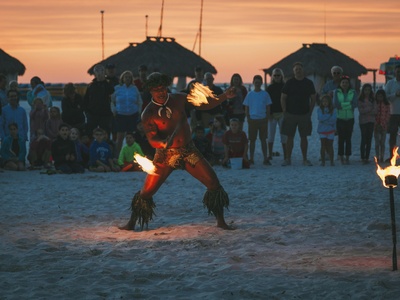
Samoa
A sovereign nation considered by many to be a cradle of Polynesian culture. Located in the central South Pacific, its traditional way of life, Fa’a Samoa (the Samoan Way), remains a powerful influence on its society.
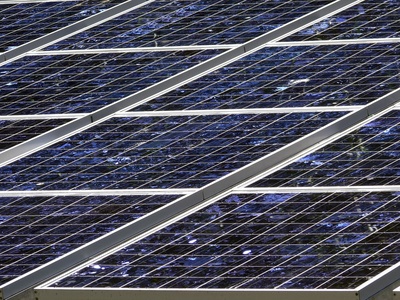
Tokelau
A remote New Zealand territory made up of three tropical coral atolls. Tokelau is a Polynesian society governed by local councils of elders and was the first territory to be powered entirely by solar energy.
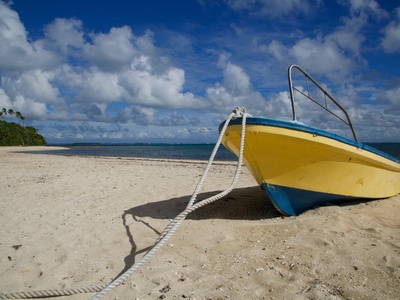
Tonga
The only remaining indigenous monarchy in Polynesia, Tonga is a sovereign nation also known as the “Friendly Islands.” Tongan culture is deeply rooted in Polynesian traditions of respect, family hierarchy, and ancient customs.
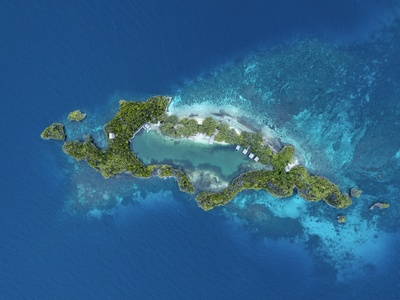
Tuvalu
A sovereign nation of nine low-lying coral atolls, Tuvalu is one of the smallest countries in the world. Its people are culturally Polynesian, and the nation is on the frontline of the climate crisis due to rising sea levels.
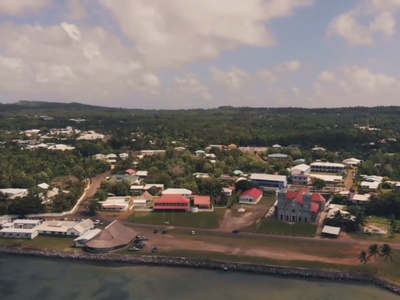
Wallis and Futuna
A French territory located between Fiji and Samoa, this territory is comprised of three traditional kingdoms. The culture is distinctly Polynesian with strong historical ties to Tonga and Samoa, maintaining its own kings alongside French administration.

